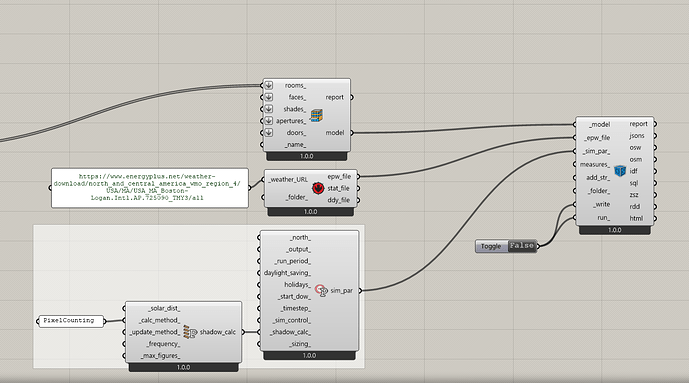@Wujo ,
Now that the new Honeybee plugin has been released, the best solution I can offer is to use the new Honeybee and the “PixelCounting” method mentioned in the release notes.
Here’s how to enable “PixelCounting” with the new Honeybee:
And, if you still get a warning from E+ about convex surfaces but you are using PixelCounting, you can ignore it as this is a bug in E+ 9.3 that the author of the pixel counting method just fixed for the next E+ release:
